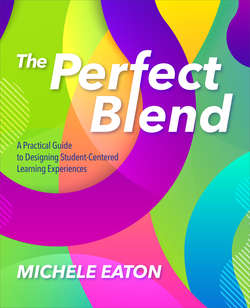Читать книгу The Perfect Blend - Michele Eaton - Страница 37
На сайте Литреса книга снята с продажи.
Balancing One-Choice Aversion and Paralysis of Mind
ОглавлениеWhen designing choice-filled lessons, beware of providing too much of a good thing. Having too many choices can be just as detrimental as having only one. In 2000, researchers Sheena Iyengar and Mark Lepper found that too many options can prevent us from successfully making a choice. Researchers presented shoppers with a table with twenty-four varieties of jam, then later with another table holding only six kinds of jam, The study found that the table with more options created more interest from shoppers, but ultimately more sales were made from the table with fewer options. The researchers found that because vast numbers of variations create a “paralysis of the mind,” it was difficult for consumers to choose the best option (Iyengar & Lepper, 2000).
So what does this mean for our blended classrooms? While we know that providing choices for our students is critical, we must strive for a balance. Too many choices can make it difficult for students to adequately and efficiently make a decision. Part of a teacher’s critical role is to provide choice in a structured way.
Unfortunately, I do not have quantitative guidelines about what this balance looks like. It will vary based on your students and their unique needs. As you design digital content, remember the jam shoppers’ dilemma. There is a clear difference between giving students a small number of varied ways to access the material versus a comprehensive list of all possible resources. Likewise, there’s a difference between creating a few assessment options for students and leaving it vague and wide open for all students to demonstrate mastery in whatever way makes sense to them. As you design these experiences for students, be mindful about striking this balance.
